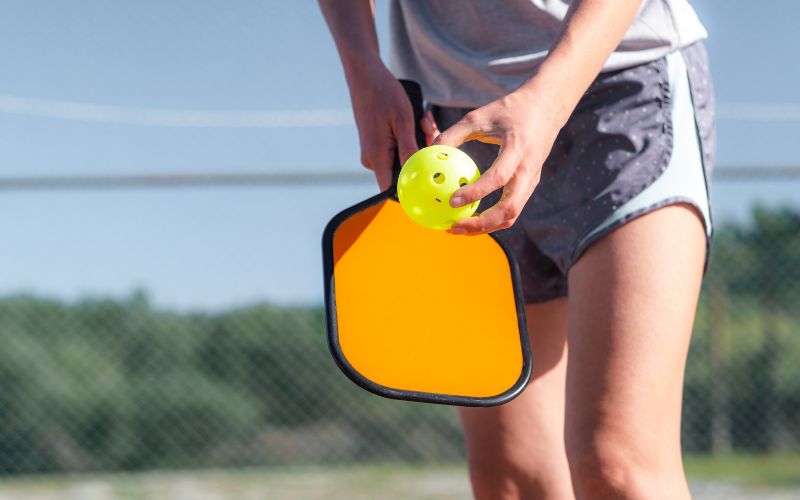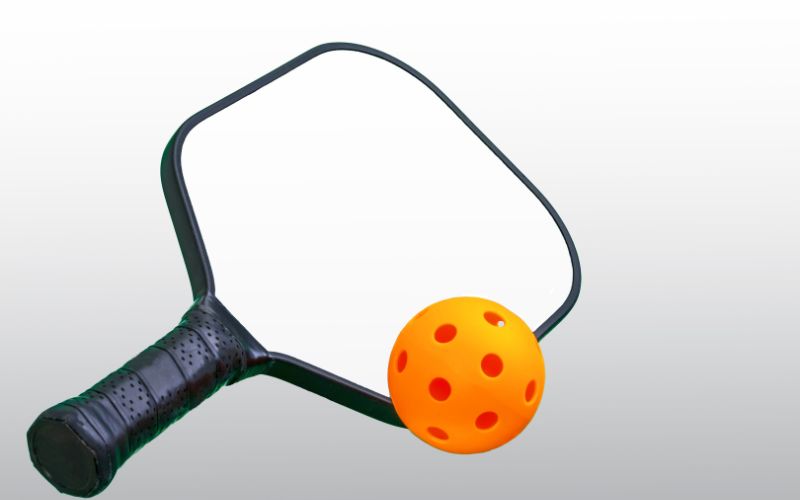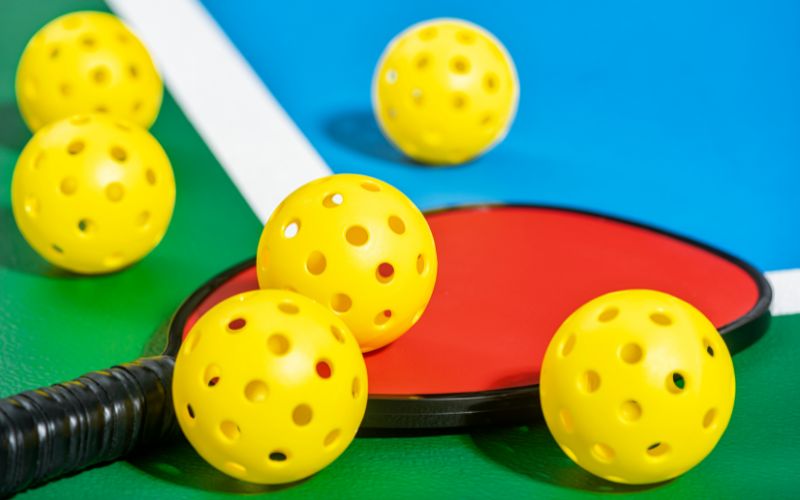Pickleball is a rapidly growing sport enjoyed by people of all ages and skill levels. To excel in this exciting game, having the right equipment, including your pickleball paddle, is crucial. However, one common issue that players often encounter is pickleball paddle delamination, which can significantly affect your paddle’s performance and durability. In this comprehensive guide, we will explore the reasons behind pickleball paddle delamination and provide valuable tips to help you extend your paddle’s lifespan.
Understanding Delaminated Paddle
What is Pickleball Paddle Delamination?
Pickleball paddle delamination refers to the separation of layers in the paddle’s construction, particularly in thermoformed paddle. This separation can occur between the paddle face and the core, leading to a compromised playing paddle surface and diminished performance.
Causes of Pickleball Paddle Delamination
Several factors contribute to paddle delamination, including environmental factors, low-quality materials, and extreme temperatures. Understanding these causes is essential to prevent premature delamination.
1. Environmental Factors
Environmental factors, such as moisture and heat, can accelerate the delamination process. Exposing your paddle to high humidity levels or direct sunlight for extended periods can weaken the glue bonding the layers.
2. Low-Quality Materials
Paddles made with subpar materials are more prone to delamination. Investing in high-quality paddles from reputable paddle manufacturers is an effective way to prevent this issue.
3. Extreme Temperatures
Extreme temperatures can cause the materials in your paddle to expand or contract, leading to delamination. Avoid exposing your paddle to temperature extremes, such as leaving it in a hot car or exposing it to freezing conditions.
How To Tell If Your Pickleball Paddle Is Delaminated
Identifying whether your pickleball paddle is delaminated is crucial because a delaminated pickleball paddle can significantly affect your game’s performance. Delamination refers to the separation or peeling of layers within the paddle’s construction, particularly in thermoformed paddles. Here are some steps to help you determine delaminated pickleball paddles :
Visually Inspect the Paddle Surface
Examine the paddle’s playing surface closely, looking for any visible signs of damage or separation. Delamination often begins with small cracks or bubbles in the paddle face.
Pay attention to irregularities in the paddle’s surface. If you notice raised areas, depressions, or uneven spots, these can be indicators of delamination.
Check for Soft Spots or Dead Zones
Gently press your fingers across the entire paddle face. Delamination can create soft spots or dead zones where the layers have separated, causing the surface to feel inconsistent.
If you feel any areas that seem softer or less responsive than the rest of the paddle, it could be a sign of delamination.
Listen for Unusual Sounds
While playing pickleball, pay attention to any unusual sounds coming from your paddle during contact with the ball. Delaminated paddles can produce a hollow or echoing sound upon impact.
Inspect the Edge Guard
Examine the edge guard of your paddle, as this is another area where delamination can occur. Look for any cracks, gaps, or signs of separation between the edge guard and the paddle’s core.
Monitor Changes in Performance
If you notice a sudden decline in your paddle’s performance, such as reduced power, control, or spin, it may be due to delamination. A delaminated paddle often loses its ability to provide consistent and reliable shots.
Compare with a New Paddle
If you have access to a new, undamaged paddle of the same model, compare the feel and performance of your current paddle with the new one. This side-by-side comparison can help highlight any issues with delamination.
Seek Professional Inspection
If you are uncertain about the condition of your paddle or suspect delamination, consider taking it to a professional pickleball equipment specialist or a local sporting goods store with knowledgeable staff. They can assess the paddle’s condition more accurately.
Tips to Prevent Delamination of Pickleball Paddles
Now that we’ve discussed the causes, let’s explore practical tips to help you prevent pickleball paddle delamination and maximize your paddle’s lifespan.
1. Proper Maintenance
Regular maintenance is essential to keep your paddle in top shape. Clean your paddle after each use, removing dirt and sweat that can seep into the small gaps and contribute to delamination.
2. Store Your Paddle Carefully
Store your pickleball paddle in a cool, dry place away from direct sunlight and extreme temperatures. Avoid leaving it in your car, as this can lead to rapid deterioration.
3. Avoid Excessive Force
While more power and force are essential in pickleball, excessive force can lead to premature delamination. Striking the ball too hard or hitting the ground forcefully can cause damage.
4. Invest in High-Quality Paddles
Choose paddles made from quality materials like carbon fiber, which is known for its durability and performance characteristics. High-quality paddles are less likely to delaminate.
5. Monitor Your Paddle’s Performance
Regularly assess your paddle for any signs of delamination, such as cracks, dead spots, or changes in shape. If you notice any issues, consider paddle replacement.
Preventing pickleball paddle delamination is essential to maintain your paddle’s performance and prolong its lifespan. By following the tips mentioned above and being proactive in caring for your equipment, you can enjoy many hours of competitive and enjoyable pickleball play without the worry of premature paddle delamination.
Pickleball Paddle Delamination FAQs
What is the thermoforming process in pickleball paddles?
The thermoforming process involves shaping and molding materials, often heated plastic, into the desired paddle face. Thermoformed pickleball paddles can be prone to delamination if not properly constructed.
Can delamination affect my paddle’s performance?
Yes, delamination can significantly impact your paddle’s performance. It can create dead spots, reduce the trampoline effect, and lead to further damage over time.
Are there any advanced techniques to maintain my paddle’s performance?
Some advanced techniques include adding an edge guard to protect your paddle’s edges and using specialized glue to repair minor delamination issues.






